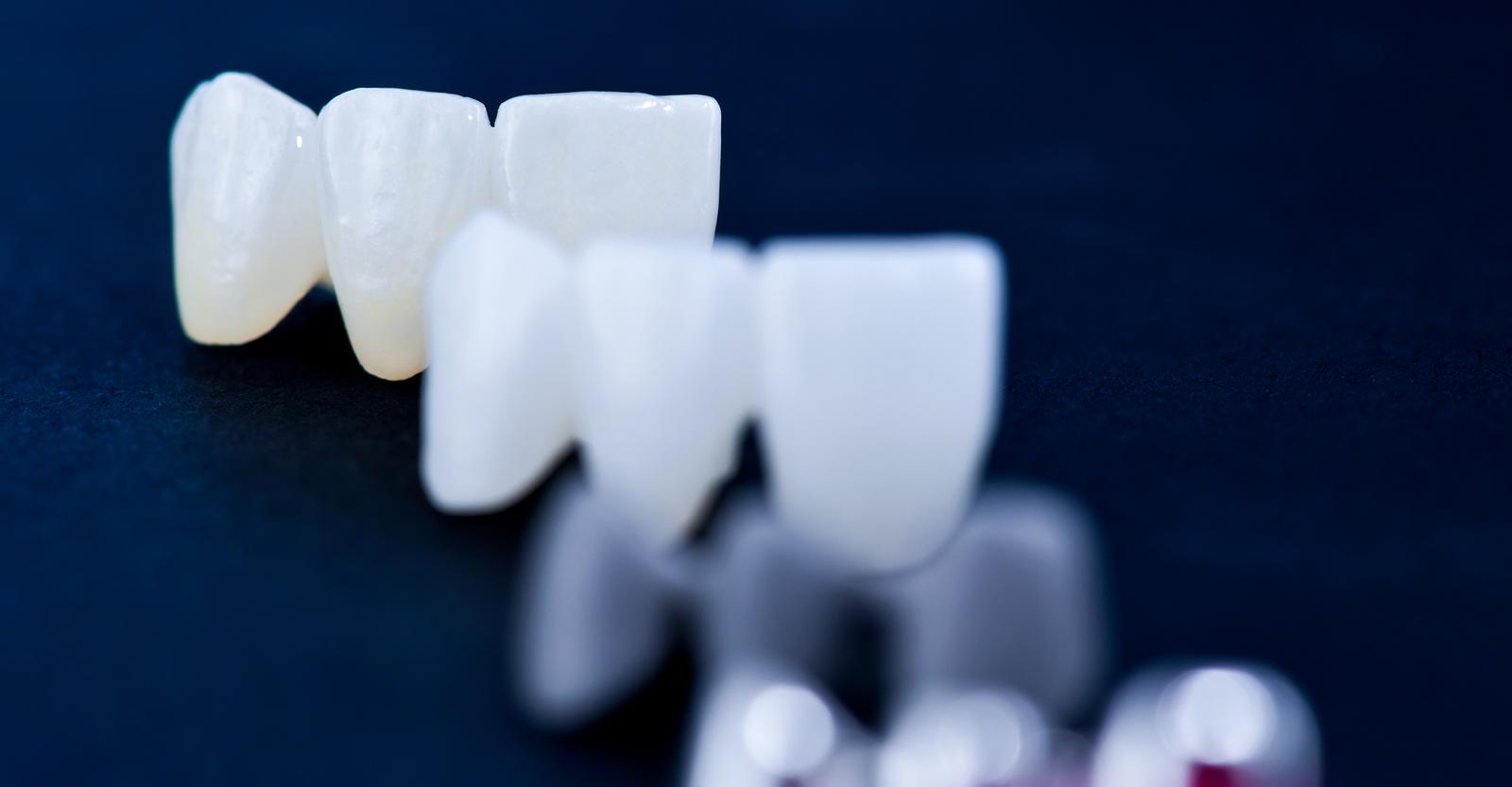4 Tips for Before a Dental Onlay Procedure

A dental onlay procedure restores and strengthens a tooth that has decayed or been damaged. They are less invasive than a dental crown and do not require the removal of parts of the tooth. Typically, this procedure takes two visits. One for preparing the tooth and the second for bonding. An onlay provides a natural look, depending on the material used, and increases the longevity of the tooth by maintaining more of the healthy structure.
#1 Know what is being done
If you are looking for a conservative alternative to dental crowns an inlay or onlay may be the stronger, longer lasting solution. Inlays are bonded with the center of a tooth while an onlay addresses more damage that includes one or more of the tooth’s cusps or even full coverage of the biting surface.
You should also inform your dentist of any medical history. Occasionally, antibiotics may be pre-prescribed for the procedure for those with heart murmurs, replacement joints or other medical conditions. A local anesthetic will be used to numb the mouth when the dental onlay procedure occurs.
#2 Temporary onlay care
Following the first visit where the tooth is prepared, a temporary onlay is placed. While wearing this temporary onlay it is important to take good care of it. Do not floss around the tooth or eat chewy, sticky or hard foods. Use a mouthwash after drinking or eating.
The dentist will remove the temporary onlay care on the second visit when it is time to place the permanent one.
#3 Understand the benefits
An onlay preserves more of the healthy tooth than other procedures, like crowns and veneers. For minimal to moderate tooth decay they provide an excellent alternative to ensure the longevity of the tooth. Aesthetically they hold their color longer than tooth-colored resin fillings.
Like crowns, an onlay works to preserve the tooth. It does this by preventing cracks from spreading and it has the advantage of leaving more of the tooth’s natural structure intact.
#4 Choose the right material
There are a number of materials to choose from and each has its own benefits. Porcelain offers a pretty smile while resin or gold is for improved bite strength. These materials are constantly improving, so it is important to discuss options with the dentist.
Ceramic, resin, gold and other metals are used in creating onlays. Metals are cemented onto the tooth while ceramic and resin are typically bonded.
Choose the right dentist
Not all dentists perform inlays and onlays. Choose one with experience and training.
Onlays are extremely stable and rarely fail, but a dentist who is familiar with checking for a smooth fit is essential for comfort. The bite will be examined following the fitting to make sure there are no problems.
It is important to arm yourself with knowledge prior to any dental procedure. By knowing what is available you can better make decisions that will impact you for years to come. By knowing what to expect you will be prepared to best take care of yourself throughout the entire process.
Are you considering dental onlays in the St George area? Get more dental onlay information at https://www.stgeorgedentalcare.com.
Recent Posts
A dental onlay may be a new concept to you when it comes to dental treatments. You are probably used to a certain kind of dental care for cavities. But onlays are a becoming a common way for dentists to repair decay and restore the function and appearance of teeth. It is helpful to learn…
When it comes to dental restoration, you want a solution that will change your smile for the long term. There are a handful of options you can consider. Some may work more effectively than others, depending on your needs and the severity of the issue. If you have damaged or missing teeth, you can discuss…
Living with a chipped or broken tooth can put a damper on one’s confidence and comfort, which is why many cosmetic dentists offer dental restoration services for these types of issues. When it comes to restoring a chipped tooth, patients have many options. It is important that they understand what each entails, as well as…
You are considering a crown restoration and want to know how long crowns last. On average, crowns last between 5-15 years. However, crowns can last even longer when they are properly cared for. If you want to make your crown last for decades, follow some tips.Insurance companies typically pay for a replacement if a crown…


